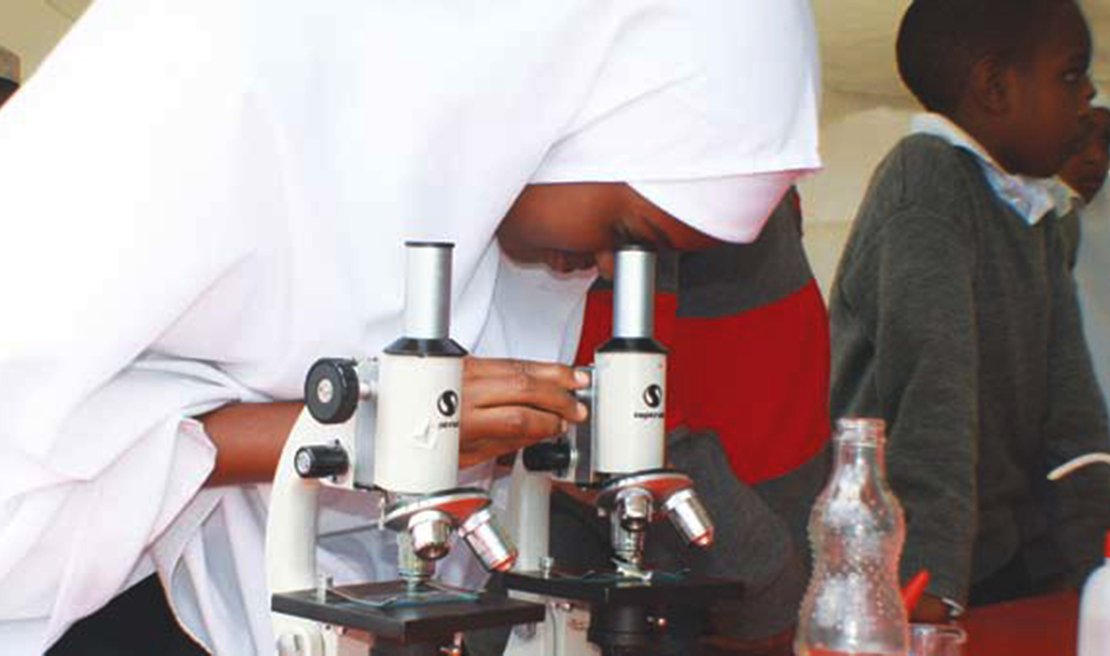Over 30 years on, integrated system of education has established itself in the world of education and given Muslims an alternative that allows their children to learn both systems not only under one roof but also within the same time frame. Iddi Musyemi explores further in his third of a four-part series
As integrated schools gain traction among Muslim community as the best institutions to send their children to for both their religious and regular education, a proposal has been mooted to turn madrassa schools into a similar system.
Integrated schools teach both Islamic and government-recognised education under one roof and are particularly opened to serve Muslim students.
Their history in Kenya goes back to early 1990s when madrassa schools were threatened with closure due to lack of students as parents preferred to send their children to regular schools.
“It was a crisis that meant madrassa schools were not having any time as children were going to schools even during the weekends when they were supposed to attend madrassa,” says Ahmed Yussufu, a member of Muslim Education Council (MEC) and the chairman of the task force that is making madrassa curricula.
“Then came the problem of tuitions which went on even during school vacations and so some Muslims felt that a major crisis was brewing as children were not getting any time to attend religious education so some people sought a solution and started integrated schools.”
Over 30 years on, integrated system of education has established itself in the world of education and given Muslims an alternative that allows their children to learn both systems not only under one roof but also within the same time frame.
Even though these schools are few and private, their model of operation and success in national examinations has attracted Muslims’ attention in what the community can achieve when it puts a system together that allows the provision of both educations.
“Having two systems of education under one roof has its challenges,” concedes Hamdi Arab, the principal of Nairobi Muslim Academy primary school section, situated in Nairobi’s South C estate, “each system has its own demands which have be met and deal with each challenge as it comes.”
As private institutions, this means that integrated schools do not enjoy any financial support from the government and they have to source for their own teaching staff for both religious and regular lessons.
Principal Arab however says the major challenge has been the perception that integrated schools are geared to serve a particular community something that he believes needs to change if Muslims are going to benefit from the integrated system.
Can madrassa schools succeed by borrowing a leaf from the integrated schools?
“We have been having an idea of transforming our madrassa into an integrated school so that the students who attend madrassa can also benefit from regular learning all at the same time,” says Abu Hamza of Madrassatul Ulum, Kibra. “The problem is it’s even more expensive to run an integrated school than it is to run either a madrassa or regular school only.”
Integrated schools are regarded to be among the most expensive schools to send your children to but Principal Arab is quick to point out that the fee-range in these schools is not much different from any other private schools including the regular ones.
“The integrated system demands that we ask for more money from parents because we employ both religious and regular teachers who have to be paid the same,” says Arab.
Both groups of teachers have a period of eight years to teach their respective curriculum before students sit for their Kenya Certificate for Primary Education (KCPE) and Kenya Curriculum for Integrated Madrassa Education (KCIME).
However, religious teachers are usually under pressure to ensure that they complete their curriculum activities within a period of seven years to allow students to concentrate on their KCPE examinations.
After completing primary education, students have a choice of proceeding to either integrated or regular secondary school as the madrassa education does not limit their choices. The system’s success speaks for itself as almost all students proceed to the best secondary schools.
After the recognition of madrassa schools by government and an impending madrassa curriculum, Muslims will definitely have to change their attitude towards madrassa education in order to gain from these new developments.
“One thing that is for sure is that the days of part-time madrassa schools are coming to an end,” says sheikh Ibrahim Lethome, a lawyer and member of MEC. “There is no way a madrassa school can complete the curriculum by studying during the weekends and schools vacations only.”
Lethome says madrassa schools will have to take the integrated schools’ route or at least lay down systems that would allow students to stay in school for longer than weekends.
It is widely known that Madrassa system has been under resourced and lacks even the basic facilities like classrooms and teaching personnel.
Where should Muslims begin from?
Dr. Hassan Kinyua Omari, a lecturer at University of Nairobi opines that the best place to begin would be conversion of government schools into integrated schools to cater for the gap created by lack of proper infrastructure to teach.
“In areas where there are large populations of Muslims, the government should allow madrassa to be taught in same schools,” says Dr. Kinyua, “this is simply by allowing madrasa teachers to come into the schools and teach there.”
Yusuffu proposes that Muslim communities should start doing harambees to start their own schools that will allow for both systems to be taught for the benefit of their children.
“Muslim parents participate in harambees to establish schools and other facilities in their communities which become a success,” says Yussufu, “we can also do the same for our own projects.”

